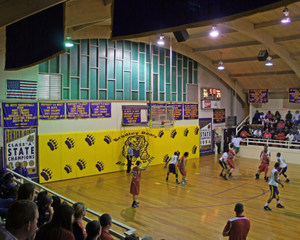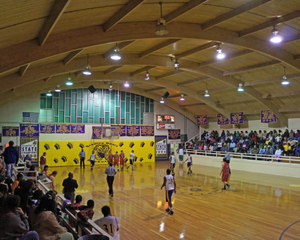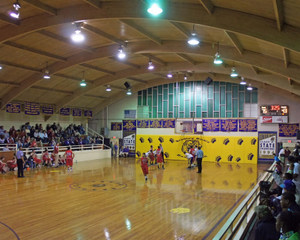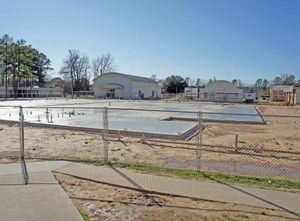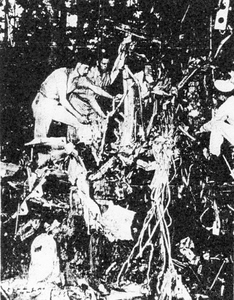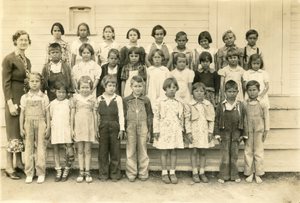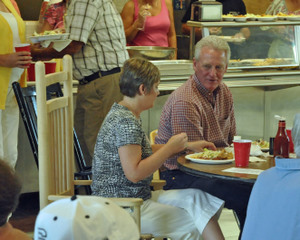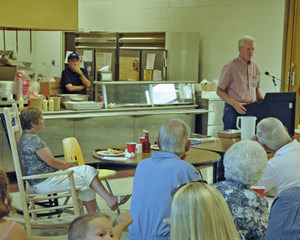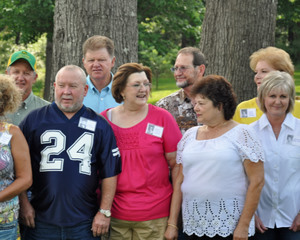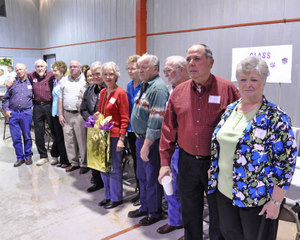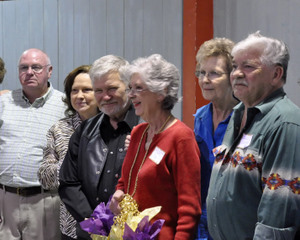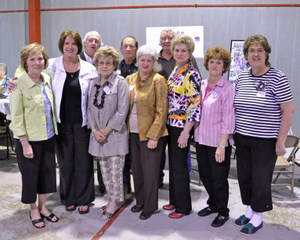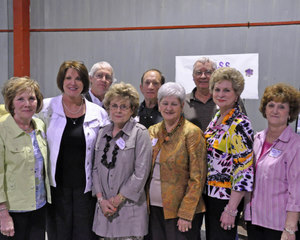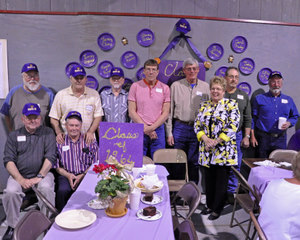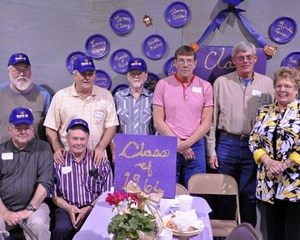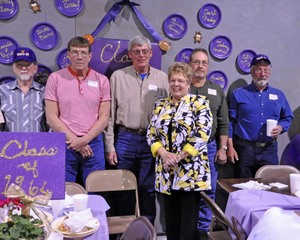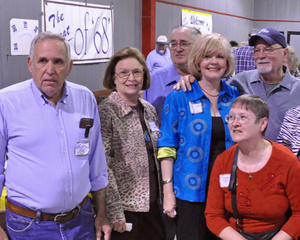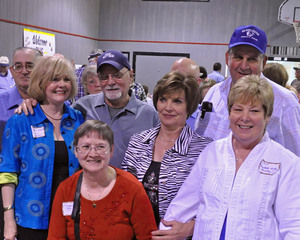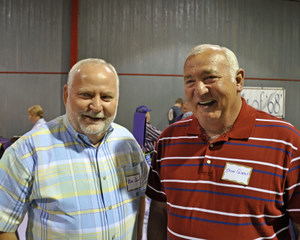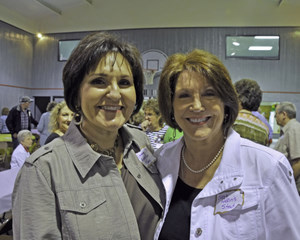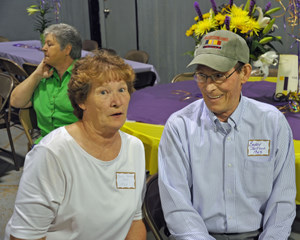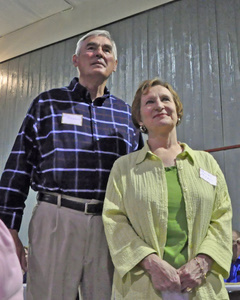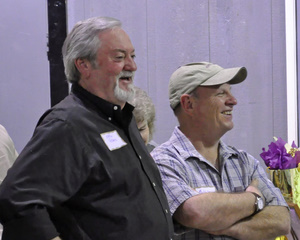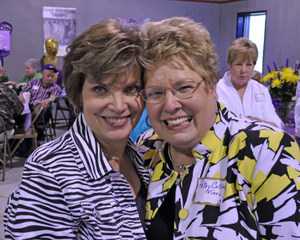The Aircraft Accident Investigation Board in its final report issued a finding of facts:
“a. The mission was an authorized local instrument training flight in connection with the training of students in class 48–B.
b. Weather at the time of the accident was broken to overcast clouds with ceilings of 1500 feet, visibility of 12 miles. The tops of the overcast were generally 3500 to 400 feet.
c. Parts of the aircraft were scattered over an area of approximately one and one quarter miles. The general flight path appeared to have been from north to south, and judging from scars on the trees within the crash area, the TB-2t5’s descent was near vertical, although it crashed in a flat attitude.
d. The right wing tip, right rudder, right fin and horizontal stabilizer were approximately 1 1/2 miles north of the main section of the wreckage. The two landing gear nacelle doors,k the left wing from the landing light outboard, minus the aileron and flap, were found 3/4 miles north of the main section of the wreckage.
e. Skin had been pulled over the heads of all rivets on the wings, and control surfaces, and the skin on the wings was rolled from the trailing edge toward the leading edges of the wings.
f. The throttles were in a closed position and the directional gyro was caged. The artificial horizon was in such condition that it was impossible to determine whether or not it was caged.
g. The propellers were not feathered and there was no indication of fire or explosion. The aircraft did not burn upon impact.
h. Three of the bodies were thrown approximately fifteen feet from the wreckage and it was impossible to determine what position each crew member was occupying at the time of the crash.
i. On 22 April, Lt. Thomas had given basic instrument checks to Cadets Hillman and Connor. Cadet Connor passed the check; however, Cadet Hillman was given an unsatisfactory grade. Part of his failing the check was due to his inability to recover from unusual positions which the instructor described as ‘he made no effort to stop the airspeed from changing rapidly. He couldn’t realize the altimeter spinning like a wheel.’
j. On 23 April, Lt. Thomas listed his mission as T-15 (instrument check or practice) with the intent of giving additional instruction to Cadet Hillman.
k. Aviation Cadet Harris, Lt. Thomas’s third student who was not scheduled for the flight on 23 April, testified that he was on the flight on 22 April when Cadet Hillman failed his basic instrument check. Cadet Harris also stated that Lt. Thomas had on one occasion placed the aircraft in a vertical bank which exceeded 90 degrees when he turned the aircraft over to Cadet Hillman for recovery on partial panel, and that Cadet Hillman’s recoveries had been somewhat abrupt on the previous day.
l. It was the policy of Lt. Thomas to cage the gyro instruments when giving unusual positions to students.
m. The B-25 Pilot’s Manual list the maximum diving speed as 34 MPH indicated.”
– – –
The Aircraft Accident Investigation Board then briefly discussed the reasoning used in arriving at its conclusion:
“a. The pulled rivets, widely scattered wreckage, and the manner or altitude in which the TB-25 crashed clearly indicates structural failure. Since there were no indications of fire, the possibility of fire and explosion was discounted. The pilot had reported a thundershower west of Shreveport when he contacted Shreveport radio for a change of flight plan at 0844; however, no thundershowers were reported in weather sequences and there was not a thundershower in progress at the time the TB-25 crashed.
b. The caged gyro, the grade-slip of Cadet Hillman for the previous day, and the testimony of Cadet Harris, substantiate the theory that Lt. Thomas, while flying 500 on top of the stratus cloud deck, placed Cadet Hillman in an unusual position and the cadet allowed the aircraft to build up sufficient speed to exceed its designed limitations while attempting to recover. That the cadet stalled the aircraft and got into an unintentional spin is also a possibility. If the aircraft entered the undercast in an abnormal attitude, it would be extremely difficult for the instructor pilot to recover with the gyro caged.
c. This headquarters published in Special Accident Report No. 1, Vol. XV, titled ‘Structural Failures in B-25s’ ten previous accidents that very closely paralleled this accident. The B-25 is stressed for a plus 3.67 ‘G’ for pull outs and minus 2.00 ‘G’ push over.”
The Board then stated its final conclusion:
“It is concluded that the cause of this accident was the pilot’s allowing the student to get into such a position or attitude so that the designed limitations of the aircraft were exceeded during recovery, resulting in structural failure of the aircraft.”
The last paragraph of the Board’s report is an especially poignant one:
“STATEMENT OF REBUTTAL:
a. Inasmuch as the crew was killed in the crash, a statement of rebuttal regarding pilot error was not applicable.”
